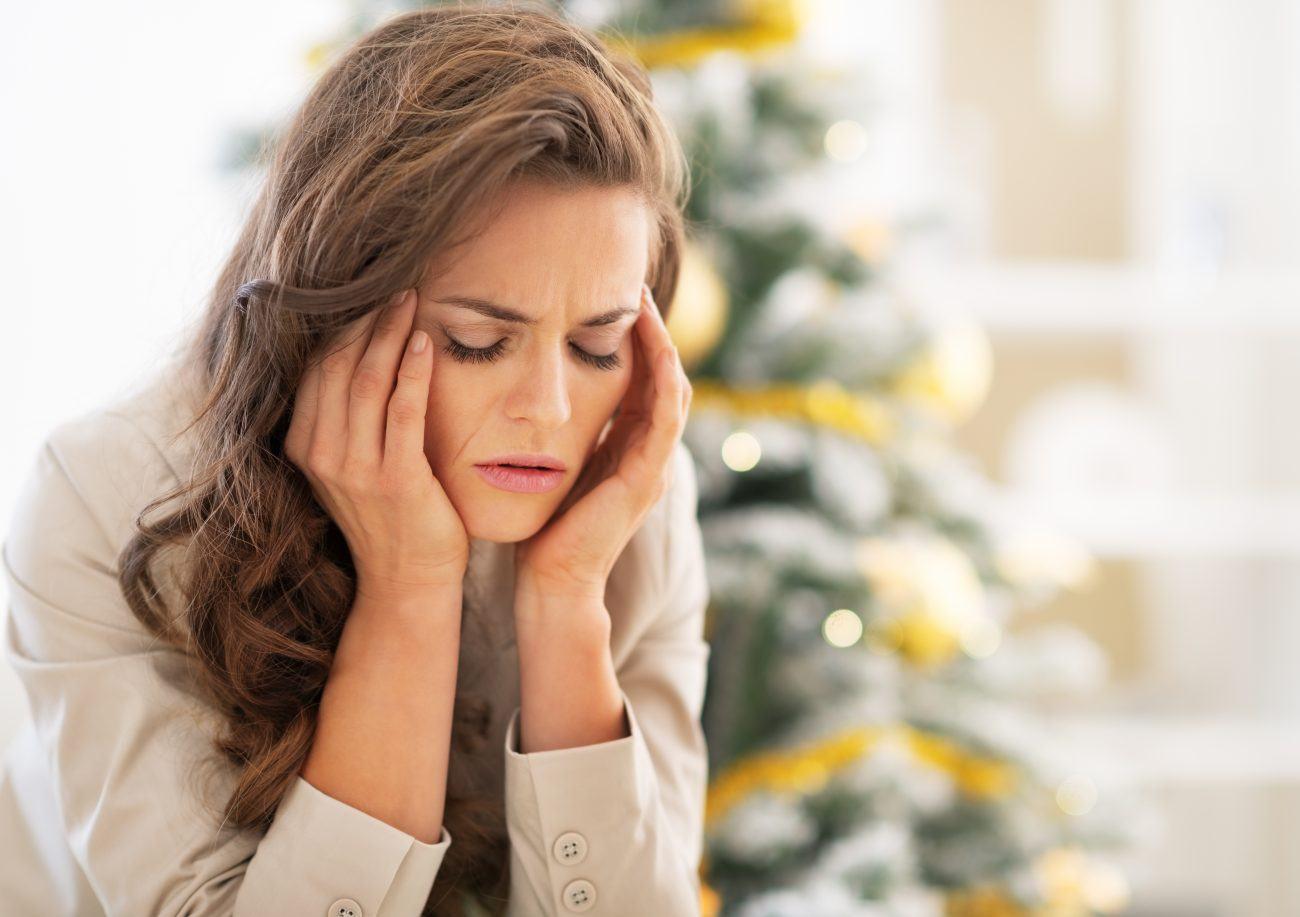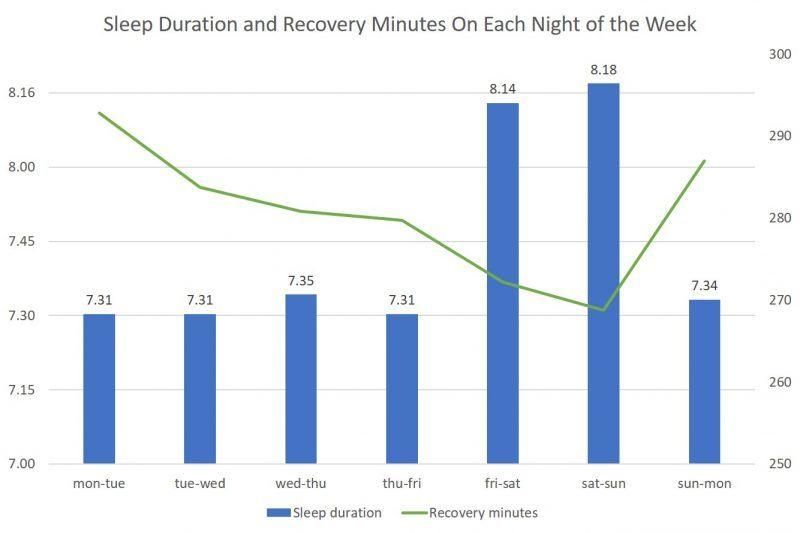
Finnish winters pose an enormous challenge for humans and the impact can be seen with technology.
Finland’s capital of Helsinki is located on the country’s southern border on the Baltic sea. Home to nearly a quarter of the 5 million Finns, this ‘southern’ city sits on the map just above northern tip of Scotland, and just below Anchorage, Alaska.
From Helsinki, the country extends north all the way to the arctic circle and beyond. Winters are cold and dark. Most Finnish cities receive only a few hours of daylight during the winter. Venture to towns in the far north and the sun will have disappeared entirely.
A harsh northern climate and lack of exposure sunlight are good motivators for adopting an active view of personal well-being, and looking at topics of stress and recovery.
In November, 2017, Kauppalehti – Finland’s largest business newspaper – sent out a survey commissioned by insurance company LähiTapiola to investigate how Finns experience seasonal stress. When the results were announced, it came as no great surprise to learn that Finnish stress levels peak during November and December, and begin declining after the beginning of the year. This downward trend continues until the next Autumn.
The results of the Kauppalehti survey confirmed earlier findings by Firstbeat researchers examining the company’s Lifestyle Assessment database. This unique research tool provides insight based on analysis of round-the-clock, high-definition heart rate variability data recorded from nearly 150,000 Finns during normal everyday activities.
In addition to revealing higher stress levels during November and December, analysis of the quantified stress and recovery data contained in the Firstbeat database also indicated that these were poor months for recovery, as well. Although, an uptick in recovery can also be seen beginning in January.
“There does appear to be a seasonal trend. And it is interesting that [Finns] sleep more during the darkest seasons, but achieve poorer recovery during those times,” says Firstbeat Head of Physiology Tero Myllymäki.
As the year changes, recovery improves and stress decreases. During the week, Monday and Tuesday are typically the best nights for recovery.
As the weekend approaches, stress loads increase
According to the data, Finns typically experience the highest stress loads on Fridays and Saturdays. Throughout the year, Friday’s are usually the day when people experience the most stress.
“In the winter, a lack of sunlight and holiday activities both have a negative impact on recovery. Once you navigate past Christmas, things start to ease up a bit,” says Myllymäki.
When it comes to sleep habits, Finns average roughly 7.5 hours of sleep each night during the week, but that number jumps up for the weekend. Add an extra 40 minutes for the nights between Friday and Saturday, and between Saturday and Sunday. In terms of recovery, however, sleep quality tends to be better at the beginning of the week and worse during over the weekends.
“After a work-filled week, weekends are often active and we sleep longer through the night. However, looking at the data, the regular rhythm of daily work routines helps produces the best sleep quality. This means it’s better not to over-rely on the weekends to catch up on your recovery. A better solution includes getting more sleep during the week and setting time aside to relax,” says Myllymäki.
For more information on measurement results:
Tero Myllymäki, Firstbeat Research Director
+358 40 749 7595
If you liked this article, you should subscribe to our mailing list

